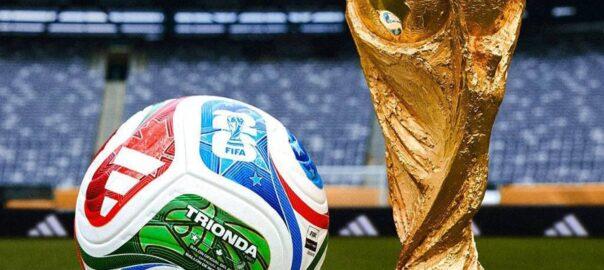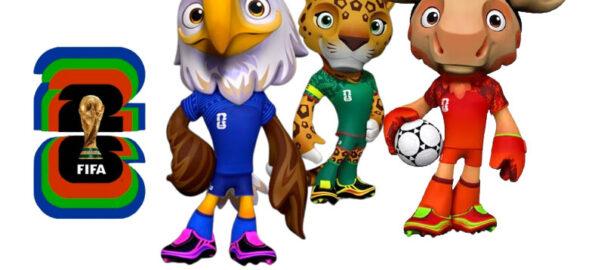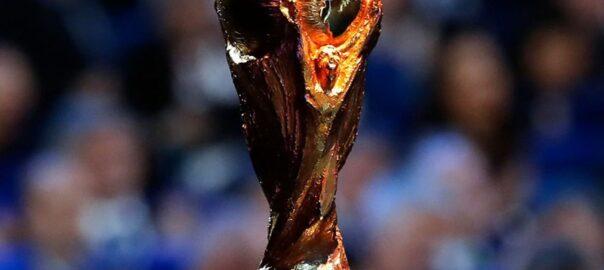FIFA World Cup 26’s official match ball unveiled: TRIONDA
The FIFA World Cup 26™ has reached a major milestone with the introduction of adidas TRIONDA, the tournament’s official match ball. Its name, TRIONDA, translates from Spanish as “three waves” and celebrates the historic collaboration of the three host countries: Canada, Mexico, and the United States.
The ball features a striking palette of red, green, and blue, representing each of the co-hosts. Its innovative four-panel structure with flowing geometry mimics the wave patterns referenced in the name. In the center, these panels form a triangular shape, symbolizing the union of the three nations for the first time in World Cup history.
Adding to its visual appeal, TRIONDA displays icons for each country: a maple leaf for Canada, an eagle for Mexico, and a star for the United States. Gold accents on the ball honor the FIFA World Cup Trophy, highlighting the significance of the competition’s global stage.
Advanced technology and performance features
TRIONDA incorporates several technological upgrades to enhance match performance. The deep seams within the four-panel design improve flight stability by evenly distributing drag as the ball moves through the air. This ensures more predictable trajectories during passes and shots.
Embossed icons, visible only when closely examined, enhance grip for players, especially in wet or humid conditions. The construction focuses on maintaining optimal control, allowing for precise striking, dribbling, and passing.
Connected ball technology also provides detailed tracking of each movement, assisting referees and match officials in monitoring play. This addition reflects the ongoing integration of technology into the sport to support fairness and accuracy.
Build-up to the World Cup and fan engagement
The launch of TRIONDA comes as excitement builds toward the final draw and the start of the tournament. Recent announcements have included the unveiling of the official mascots and confirmation that FIFA will donate USD 1 from each ticket sold to the FIFA Global Citizen Education Fund.
Fan engagement has been strong, with over 4.5 million supporters from 216 countries participating in the Visa Presale Draw, the first phase of ticket distribution for the highly anticipated event.
FIFA President Gianni Infantino expressed his enthusiasm, describing TRIONDA as “another iconic FIFA World Cup ball” and praising adidas for capturing the unity and passion of the host nations. He added that he looks forward to seeing the ball in action on the pitch as the tournament countdown continues.
TRIONDA is now available for purchase through official FIFA and Adidas websites, allowing fans to own a piece of the World Cup ahead of the tournament.



